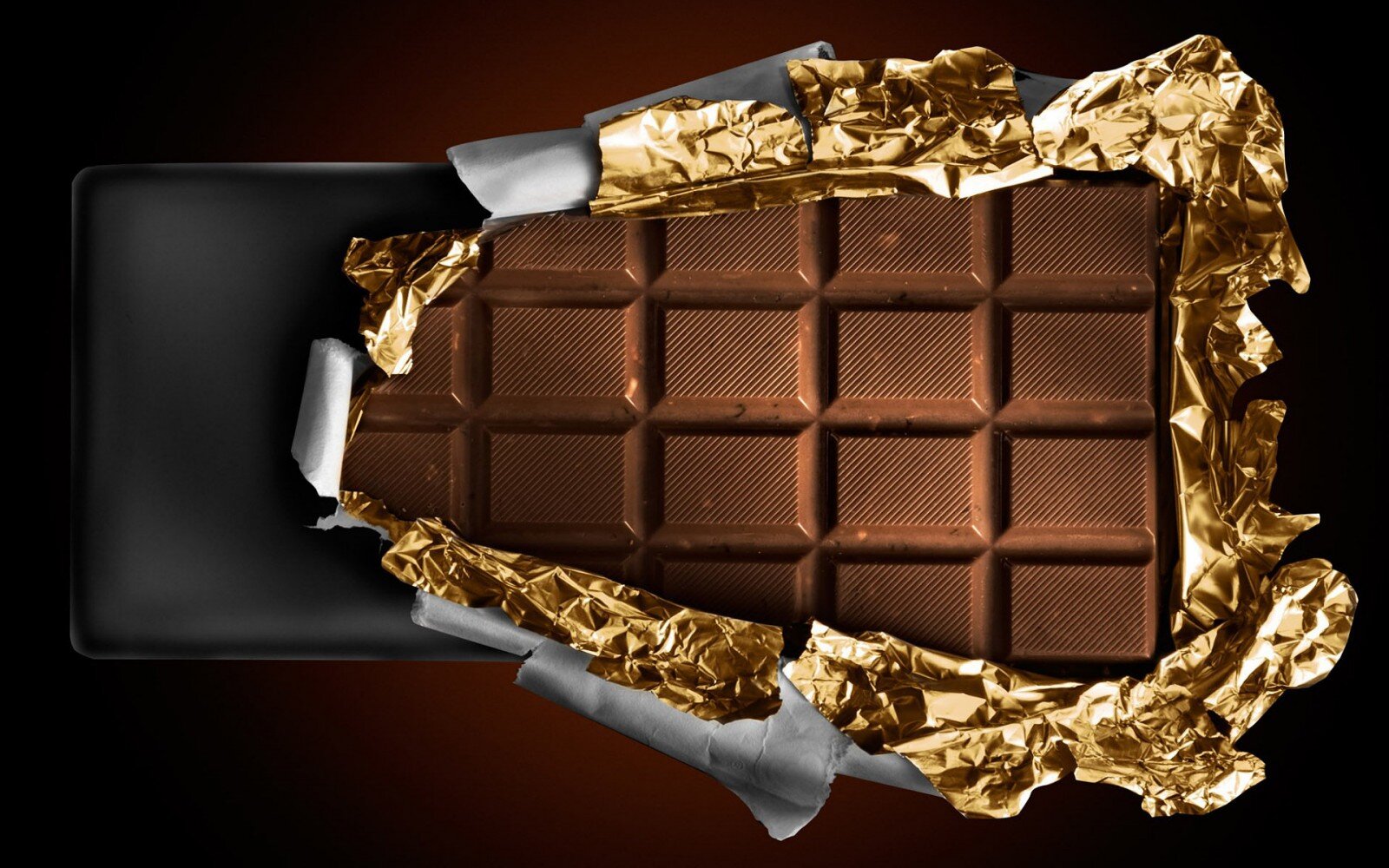Chocolate Bar Design: the Opening Act
Never judge a chocolate bar by its packaging.
But can we?
Human beings spend their entire existence looking for beautiful things. We chose our partners based on their appearance. We are attracted by colors, shine, designs, shapes. Scrutinizing everything we put our focus on is a daily habit, and we cannot escape this judgmental game. Especially when it comes to purchasing, what drives us to choose a brand instead of another is most of the time merely our natural attraction to beauty.
I shared with you the best pieces of advice I had been given on competitive chocolate packaging in one of my most popular articles ever. You can find it HERE and learn the fundamental guidelines to outshine your competition on the shelf.
Today's article is once again on chocolate packaging. But this time I want to shift the focus from the "buying act" to the "opening act". Literally.
How many ways are there to open a chocolate bar?
The appearance of a chocolate bar on the shelf holds more strategic importance than the way the chocolate bar is designed to be opened. However, when it gets down to fine chocolate aficionados, we all know that unwrapping becomes a special occasion too. This is going to be heavily influenced by the way chocolate brands designed their packaging. Therefore, deciding the right "opening" becomes an opportunity to add strategic value to a chocolate bar.
So let me introduce you to the 4 Most Popular Chocolate Openings that seem to be the favorite choices among fine chocolate companies.
Successful companies like Dick Taylor and Madécasse have opted for what I call TOP POCKET.
Having an opening on top has the advantage to make the entire packaging very flexible. This allows for more space when pulling in and out the bar. It becomes very easy to put back what remains of the chocolate bar after the tasting, therefore conserving it properly in its original container without having to dispose it somewhere else where it is difficult to identify it again.
Chocolate makers like Cacao Prieto and Marou chose instead the OLD SCHOOL opening.
Most of the times hand wrapped, no other packaging can beat this feeling of authenticity. An exciting anticipation is created while the finger gently scrolls down against the layer of glue (or other material) that has been manually applied to keep the packaging together. In the meantime, true chocolate lovers are also given the chance to appreciate the type of paper used. Finally, the entire chocolate bar is revealed in all its beauty. Even if this opening might not be the best option to preserve potential leftovers, a complete "hand-crafted experience" is guaranteed.
Of more recent adaptation we find instead the SIDE POCKET opening, preferred choice of Guittard Chocolate.
Made of rigid material, this kind of packaging seems ideal to lower the risk of physical damages to the chocolate bar. In fact, the latter is well protected inside the robust packaging. Like opening a jewelry box, the side pocket gives the chance to be used for other purposes. For example, it perfectly fits cash and can be brought around like a pochette. Moreover, the chocolate maker can take the chance to include inside the packaging all those relevant info that he/she could not fit on the outside, making the side pocket one of the most versatile openings on the market.
The renowned Akesson's and many other chocolate brands have opted instead for the SUPER RIGID opening.
This is a very common packaging for chocolate bars. Its rigidity guarantees a longer integrity of the bar during its stocking and distribution. At the same time, chocolate companies can still choose from a large variety of materials to not deprive customers of a nice touchy-feely experience. Probably not the most functional when it comes down to put back the leftovers from the first tasting, this opening can instead reassure that the chocolate bar inside won't be easily damaged. In the end, chocolate consumers have only few reasonable expectations for such an exciting moment:
being able to open the product without tearing the entire packaging apart
experiencing an Opening Act as smooth as possible
appreciating the kind of material chosen by the company
if possible, putting the product back in its original container
What is your favorite opening for a chocolate bar?




